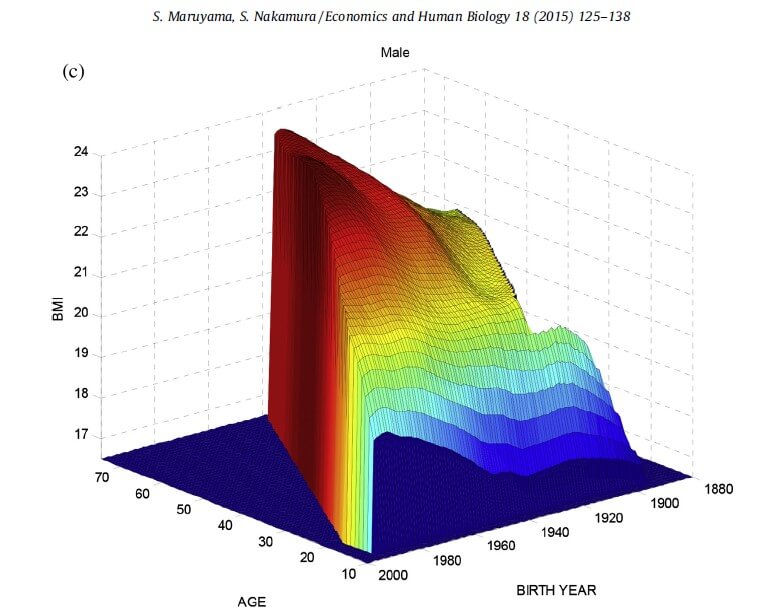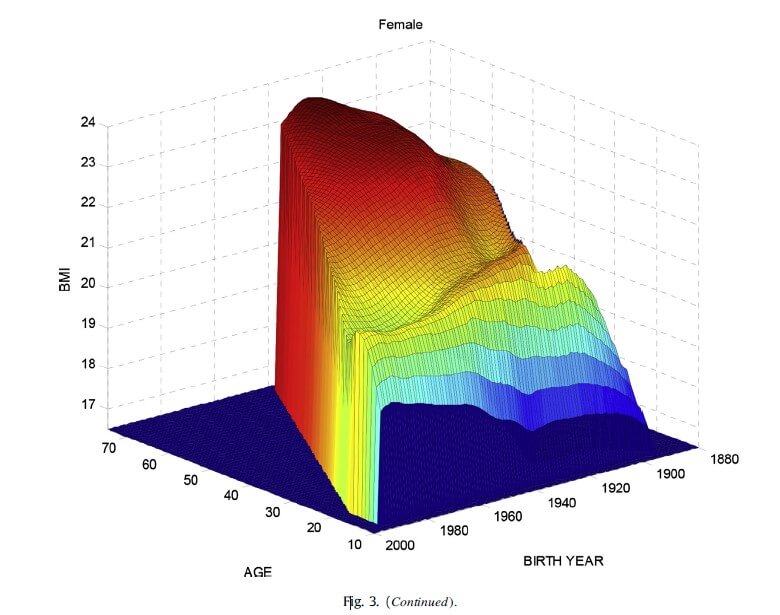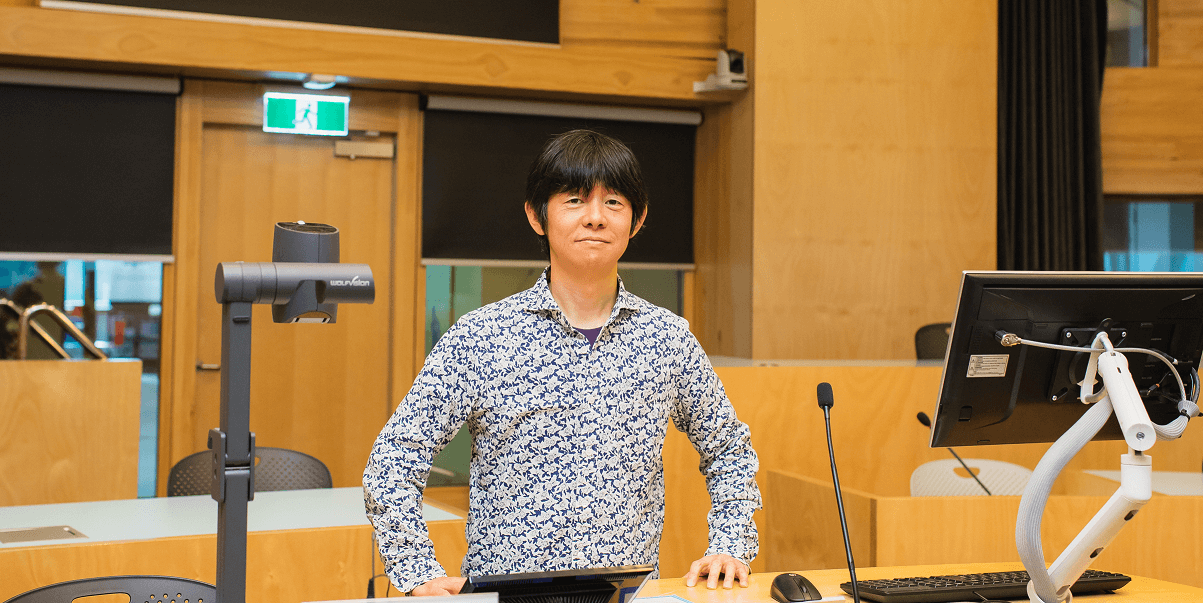Fields of Specialization
Health Economics, Public Economics, Labor Economics, Demographic and Family Economics, Applied Microeconometrics, Industrial Organization, Chinese Economy
Research Interests
My research explores a wide range of social issues—including health, family dynamics, healthcare systems, demographic behavior such as childbirth and co-residence, environmental issues, housing markets, and political participation—using micro- and administrative data from around the world. I have conducted empirical studies with data from the United States, Denmark, Australia, Japan, and Indonesia. During my time teaching in China between 2021 and 2025, I also became deeply familiar with Chinese data. Currently, I focus on topics such as low fertility, marriage and divorce, son preference, population policy in China, healthcare spending in Japan, and subjective well-being.
Research Highlight
Do you know whether people today are heavier or slimmer than in the past? In one of my studies, I analyzed long-term BMI (Body Mass Index) trends in Japan. For men, a straightforward pattern emerged: younger cohorts and older individuals tend to have higher BMIs (see the top figure). But for women, the pattern was far more complex. While BMI increased over time for adolescents and older women, it actually decreased across generations for women in their late teens through early thirties. Data suggests that this unusual trend began after World War II.


Maruyama, S., and Nakamura, S. (2015) “The Decline in BMI among Japanese Women after World War II,” Economics and Human Biology, 18, 125–138.
Why such a stark gender difference? In a subsequent study, we extended our analysis to global trends in BMI and calorie intake and expenditure. We found that as women’s participation in the workforce and activities outside the household increased, their relative energy expenditure rose compared to men—whose physical activity levels have sharply declined—leading to a relative decrease in women’s BMI.
Maruyama, S., and Nakamura, S. (2018) “Why Are Women Slimmer Than Men in Developed Countries?” Economics and Human Biology, 30, 1–13.
Yet many mysteries remain. Why does the pronounced dip in young Japanese women’s BMI exist? Why did it start after the War? What are the underlying changes in socioeconomic structures? What lies ahead for BMI trends and gender differences in the future? What may seem like a simple question—such as why body weight trends differ by gender or generation—can, with the right data and perspective, reveal surprising insights into how our social and economic environments shape individual behavior. I’m drawn to these kinds of puzzles that appear straightforward at first glance but unfold into deeper stories about society when examined through the lens of empirical research.
Message to Students
Modern society has seen declining sleep durations and rising sleep disorders alongside economic growth. Does this intuitively make sense to you? Consider this: the Yir-Yoront people in Australia (one of the Indigenous Australian people) reportedly began sleeping longer after adopting iron axes—an example that aligns perfectly with basic economic models. So why are we, despite our affluence, sleeping less and suffering more?
Economics can offer powerful insights into many aspects of life. If you find yourself thinking, “That’s strange,” or “Why is it like that?”, you may already be on the path to discovering your own research theme.
MARUYAMA, Shiko
Professor
Degree: Ph.D. in Economics (Northwestern University)
maruyama@osipp.osaka-u.ac.jp






























